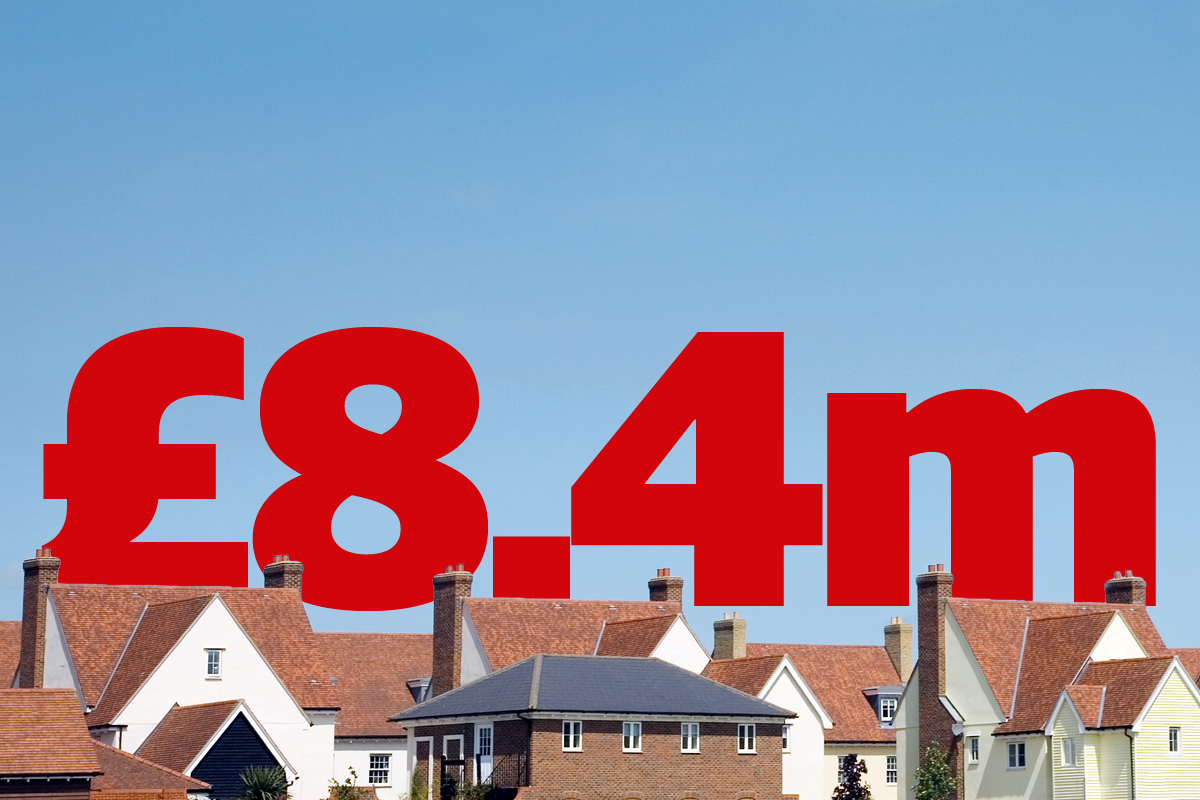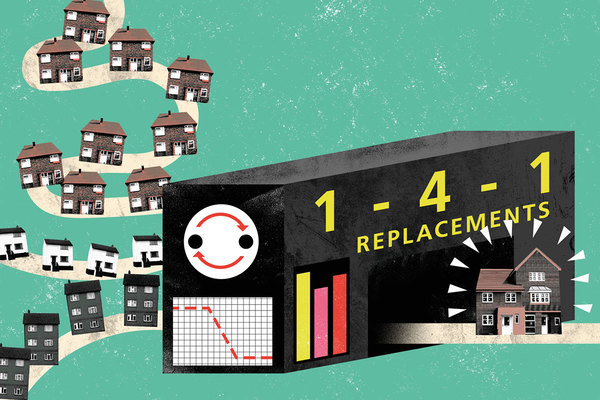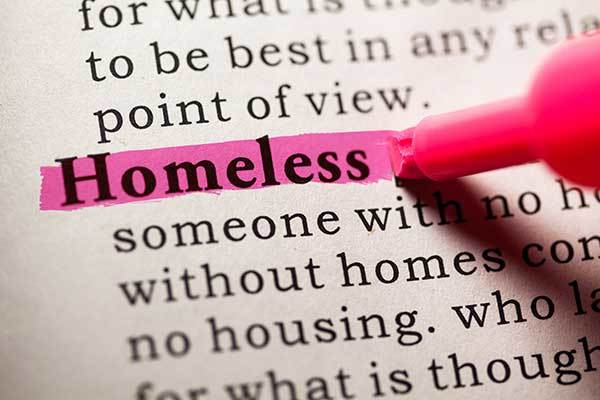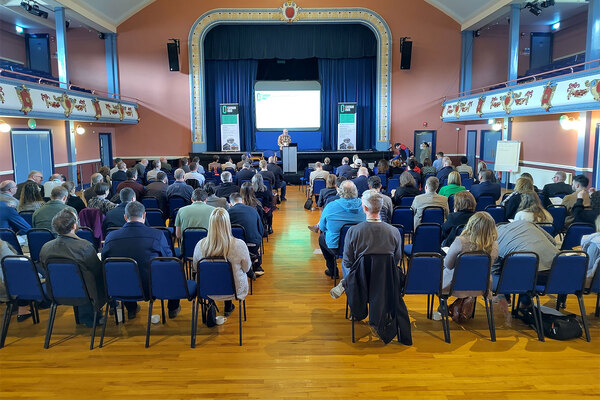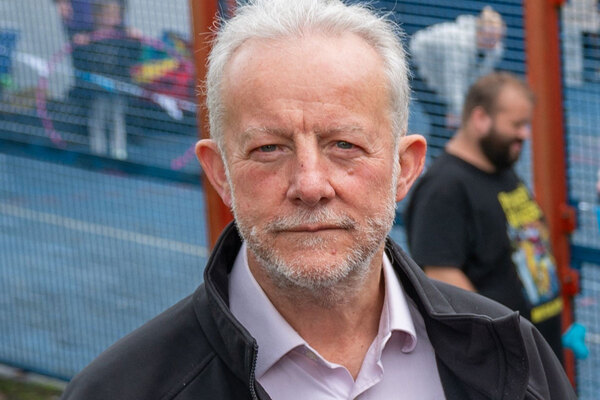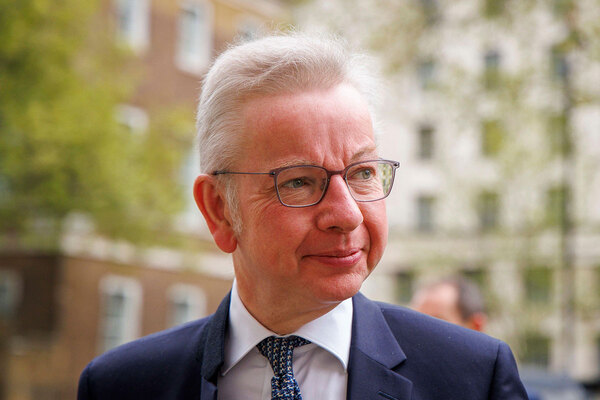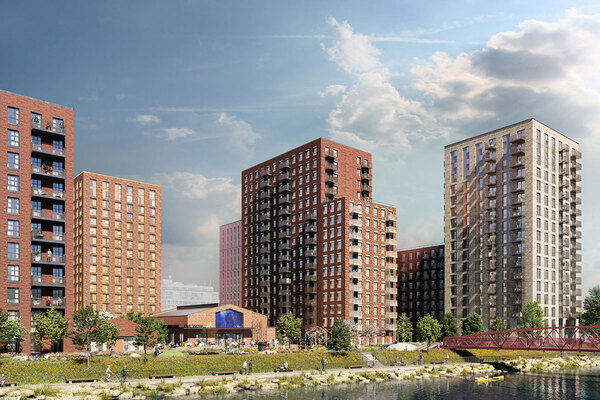You are viewing 1 of your 1 free articles
Councils spend millions using Right to Buy flats as temporary accommodation
Town halls are spending millions of pounds a year renting ex-council flats from private landlords to provide accommodation for homeless households, Inside Housing can reveal.
Freedom of Information Act requests to more than 100 stock-retaining local authorities in England identified 23 that have been forced to spend millions leasing back homes sold under the Right to Buy policy for use as temporary accommodation.
Together, they are paying buy-to-let landlords around £8.4m a year to rent 725 flats – all of which the councils built – for this purpose. Much of the bill will be footed by the national taxpayer in the form of housing benefit.
Almost all the councils in question were in London and the South East.
Councils have been increasingly reliant on temporary accommodation as the number of homeless households has rocketed since 2010.
The total cost of renting back flats councils once owned is likely to be significantly higher, as a number of central London councils with severe housing pressures would not release the data.
Enfield, Brighton & Hove, Lewisham, Southwark and Barnet councils reported the largest figures.
Sir Steve Bullock, retiring mayor of Lewisham and executive member for housing at umbrella group London Councils, said: “Right to Buy has had the effect of transferring a significant amount of stock from social rents to higher (private rented sector) PRS rents.
“As the London housing crisis has deepened we have seen the boroughs increasingly relying on the PRS to meet the rising demand for temporary accommodation including ex-council units.
“The sad irony is that without the Right to Buy the crisis might have been less dramatic and the units maintained in better condition not to mention lower rents.”
Inside Housing research has previously revealed that more than 40% of homes sold under the Right to Buy are now in the hands of private landlords.
And local authorities are likely to come under increasing pressure to find temporary accommodation because of new duties in the Homelessness Reduction Act, which came into effect this month.
Southwark Council rents 93 ex-council flats for £1.36m a year. It said it has increased renting from private landlords for temporary accommodation by 85% in the past year – during which time it has acted as a pilot authority for the new homelessness legislation.
“Southwark Council has traditionally been innovative in its use of resources in order to provide temporary and permanent homes in the borough despite considerable pressure,” a spokesperson said.
North London council Enfield rents 130 ex-council flats at an annual cost of £1.8m. Ahmet Oykener, incumbent cabinet member for housing and housing regeneration, said: “Since Margaret Thatcher introduced the Right to Buy Enfield has become a net loser.
“Without this policy we would have more than 20,000 properties, and if we had 20,000 properties we would have no housing crisis in Enfield and we would be able to house homeless households.”
According to government figures, there were 78,930 households in temporary accommodation at the end of December 2017, including 120,510 children. More than two-thirds of homeless households are in London.
Housing minister Dominic Raab has said he will consult on greater flexibilities over the use of Right to Buy receipts, after the government recently broke its pledge to replace each home sold on a one-for-one basis last month.
A spokesperson for the Ministry of Housing, Communities and Local Government said: “Latest figures show councils have delivered 94% of the replacements required under Right to Buy.
"We need to build more homes and we are investing over £9 billion in affordable homes and enabling councils to borrow an extra £1bn to build more social housing.
"We will also be consulting further to ensure we support local authorities so they can deliver more council homes.”
At a glance: Homelessness Reduction Act 2017
The Homelessness Reduction Act 2017 came into force in England on 3 April 2018.
The key measures:
- An extension of the period ‘threatened with homelessness’ from 28 to 56 days – this means a person is treated as being threatened with homelessness if it is likely they will become homeless within 56 days
- A duty to prevent homelessness for all eligible applicants threatened with homelessness, regardless of priority need
- A duty to relieve homelessness for all eligible homeless applicants, regardless of priority need
- A duty to refer – public services will need to notify a local authority if they come into contact with someone they think may be homeless or at risk of becoming homeless
- A duty for councils to provide advisory services on homelessness, preventing homelessness and people’s rights free of charge
- A duty to access all applicants' cases and agree a personalised plan
